Tucked away in the peaceful Swiss countryside, deep under fields of wildflowers and quiet suburbs at the foot of the Jura mountains, lies a place that should have a special spot in the heart of every STEM lover.
Founded in 1954 to coordinate the research efforts of 12 European countries, CERN – short for the European Organization for Nuclear Research – is the world’s largest (and arguably) most expensive physics lab, home to an array of impressive machinery including several particle accelerators. The biggest of these is the Large Hadron Collider (LHC), a hollow donut 17 miles (27 km) in circumference buried hundreds of feet underground. Using electromagnets, scientists suspend subatomic particles inside the colliders, then spin them around at ever-increasing speeds, sometimes up to 80 percent of the speed of light. They then smash the particles together. Via Einstein’s theory of mass-energy equivalence, the force of the collisions creates new particles, which fling in every direction and are recorded by sensors. By examining the sensor data, CERN scientists can deduce insights into the Big Bang and the makeup of stars, and even discover new particles, such as the Higgs boson in 2013, the existence of which had previously been strictly theoretical.
Yet the singular CERN invention that has transformed the planet didn’t involve atom smashing. By the late 1980s, universities and science centers like CERN digitally communicated with each other over vast distances via telecom lines, but using this early Internet was often tedious and crude. In 1989 Tim Berners-Lee, a computer scientist at CERN, proposed the HTTP protocol, which when combined with the existing telecom network and hypertext protocol, gave birth to the visual point-and-click system we call the World Wide Web. Berners-Lee is also credited with designing the first web browser. Today, the WWW is regarded as an afterthought at CERN, with only small references to it in their public exhibits.
CERN has two exhibitions open to the public, the Globe of Science and Innovation and the Microcosm exhibit. Individual and group tours are also offered Monday through Saturday in English and French, although slots for the individual tours open 15 days beforehand and fill up very, very fast. The individual tours involve a visit to ATLAS, one of the experiments located along the LHC where you can see the scientists at work, and a stop at the decommissioned Synchrocyclotron, CERN’s first accelerator built in 1957.
Know Before You Go
Travelling by AeroplaneComing from the Geneva International Airport at Cointrin by busTake the bus number 28 from outside the airport to Hôpital-La Tour (Meyrin). From Hôpital-La Tour take the number 56 bus to its terminus at the CERN entrance (ticket "Tout Genève" on the ticket machine). See Transports Publics Genevois web site for full details.Free public transport ticket for passengers arriving at Geneva Airport.Travelling by TramFrom the central Geneva railway station (Gare Cornavin), take tram 18 to its terminus at the CERN entrance (about 25 minutes). Tram ticket costs 3.00CHF for adults but entrance into CERN is free.
Community Contributors
Added by
Edited by
Plan Your Trip
The Atlas Obscura Podcast is Back!




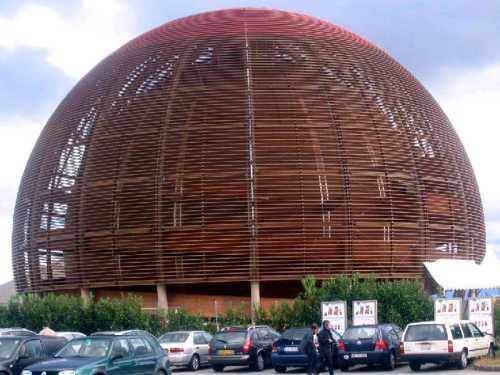









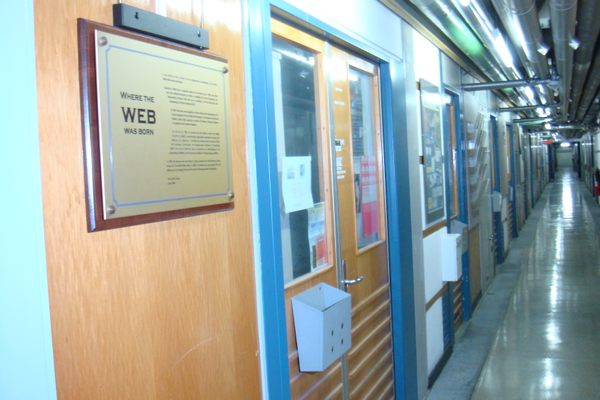
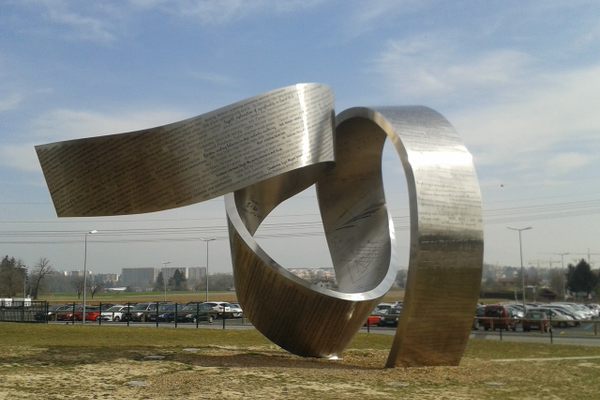


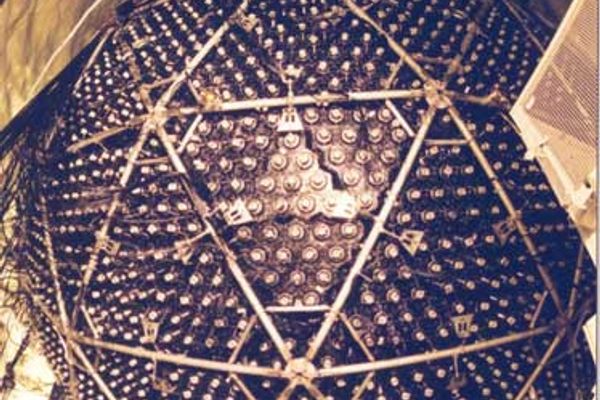
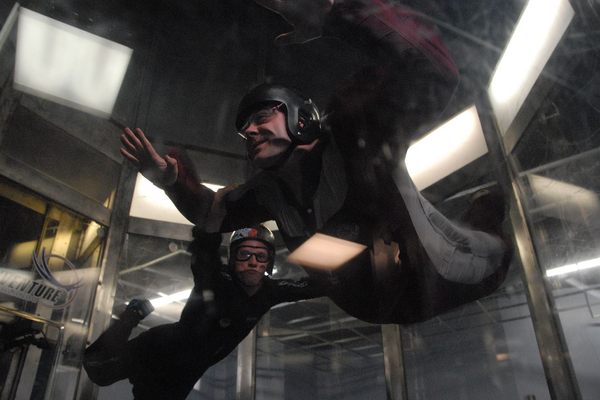
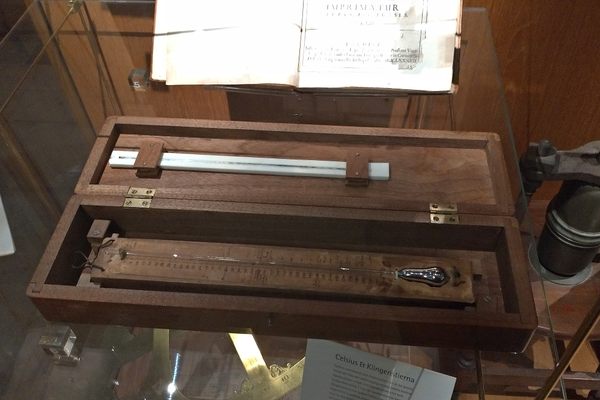
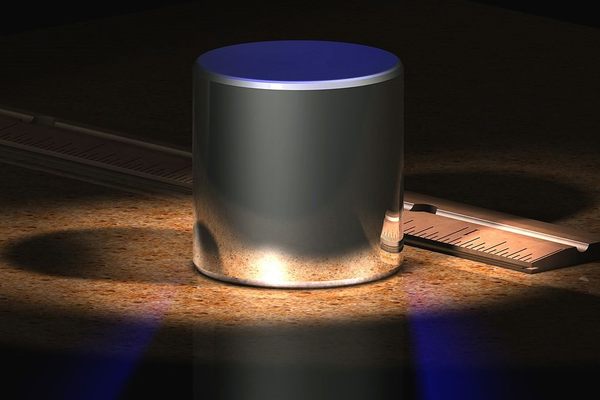

Follow us on Twitter to get the latest on the world's hidden wonders.
Like us on Facebook to get the latest on the world's hidden wonders.
Follow us on Twitter Like us on Facebook